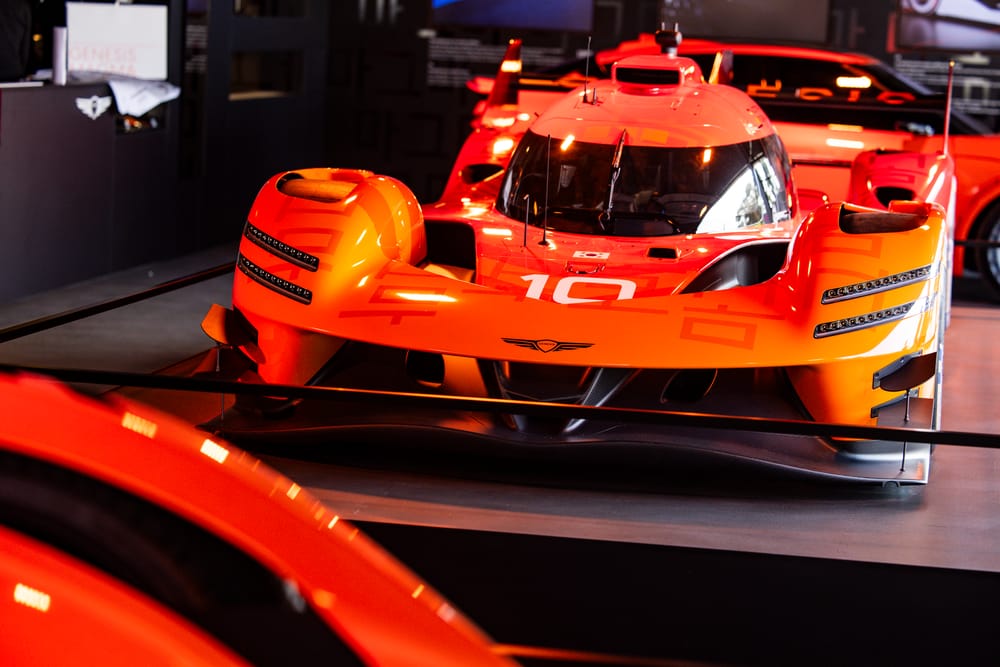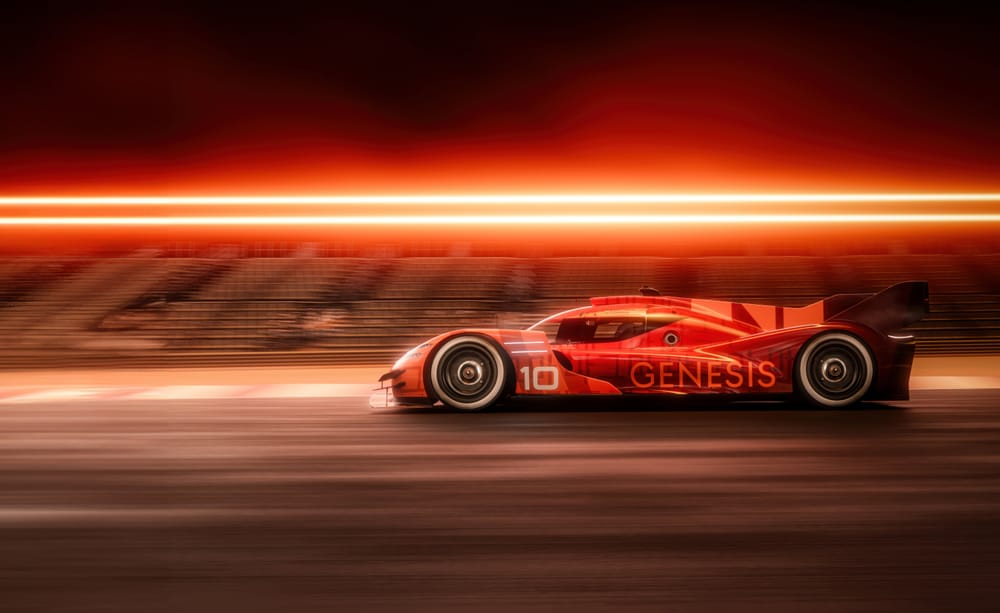The colours of Genesis - Hyundai's premium brand - Magma Racing are already very much in evidence at the Le Mans 24 Hours circuit.
And not only because a full-scale model of the GMR-001 is displayed in the Village. In fact, one car that will line up on the starting grid this Saturday is already bearing the colours of the marque.
Cyril Abiteboul’s team has its own unique approach to preparing for its debut in the top class of endurance racing next year. Here’s everything you need to know…
Genesis on the grid… in LMP2
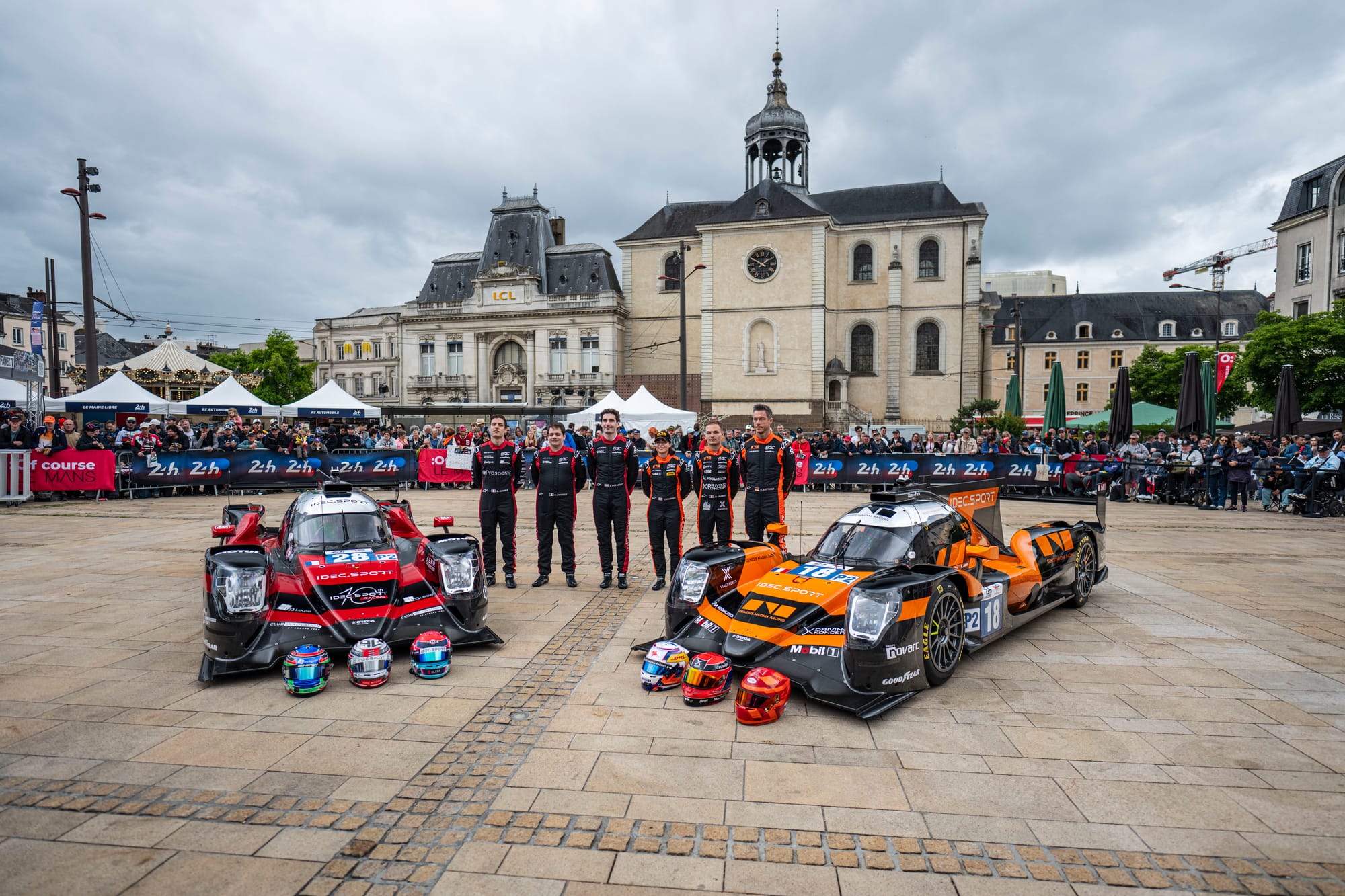
There’s no need to remind you that Genesis has no prior experience in endurance racing, or in motorsport at all, for that matter.
The parent company Hyundai has performed well in the World Rally Championship and various touring car classes, but that’s about it.
Since the goal is to quickly establish itself at the front of the field, the team has decided to use LMP2 as a way to gain experience in endurance racing.
“Even though the car is run by IDEC Sport, it is running in Genesis Magma Racing colours and there are plenty of Genesis Magma Racing and Hyundai Motorsport people involved behind the scenes," Genesis Magma Racing team principal Abiteboul said of the 2025 LMP2 entry.
“The idea of starting with Genesis Magma Racing in 2026 from nothing, with no exposure to endurance racing, quickly became very scary.
“It is the best option for everyone involved with Genesis Magma Racing and Hyundai Motorsport to learn about endurance racing, its code, its requirements, its community, to understand what we need to succeed when we enter WEC in 2026.
"This will help us get up to speed and have a sort of rolling start when we debut the GMR-001 Hypercar in 2026."
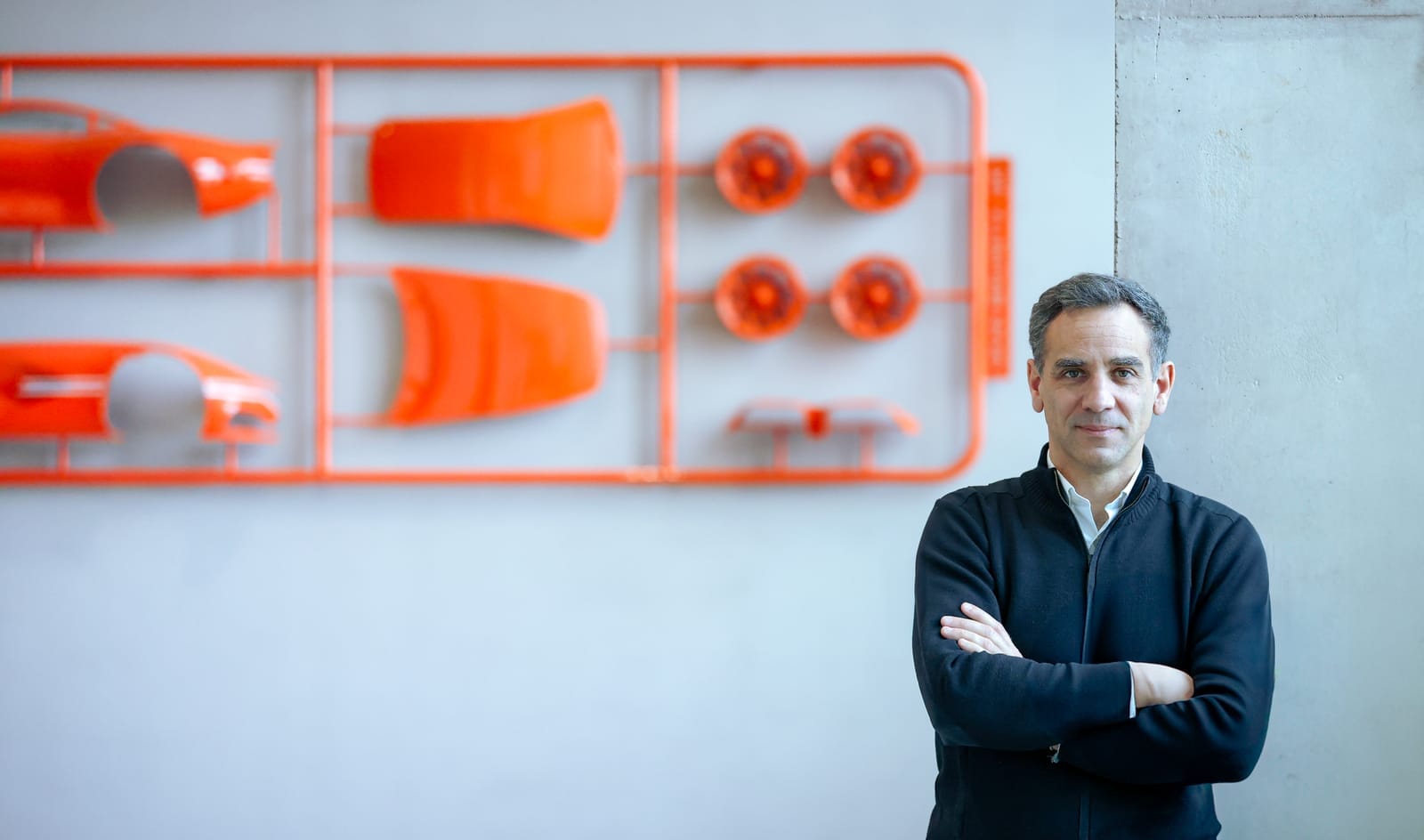
To successfully carry out its Hypercar programme, Genesis Magma Racing will rely on several familiar names with deep experience in endurance racing, such as engineers Mathieu Leroy (ex-Porsche) and Justin Taylor (ex-Audi, Ferrari, Cadillac). Some mechanics and engineers have also been transferred from the WRC programme.
This preparation season is also about allowing the key players already confirmed for the Hypercar project to get to know each other and build communication.
This gradual ramp-up is quite unique. While manufacturers often place their drivers in the other categories to familiarise them with endurance racing, this is the first time we’ve seen a manufacturer prepare in this way.
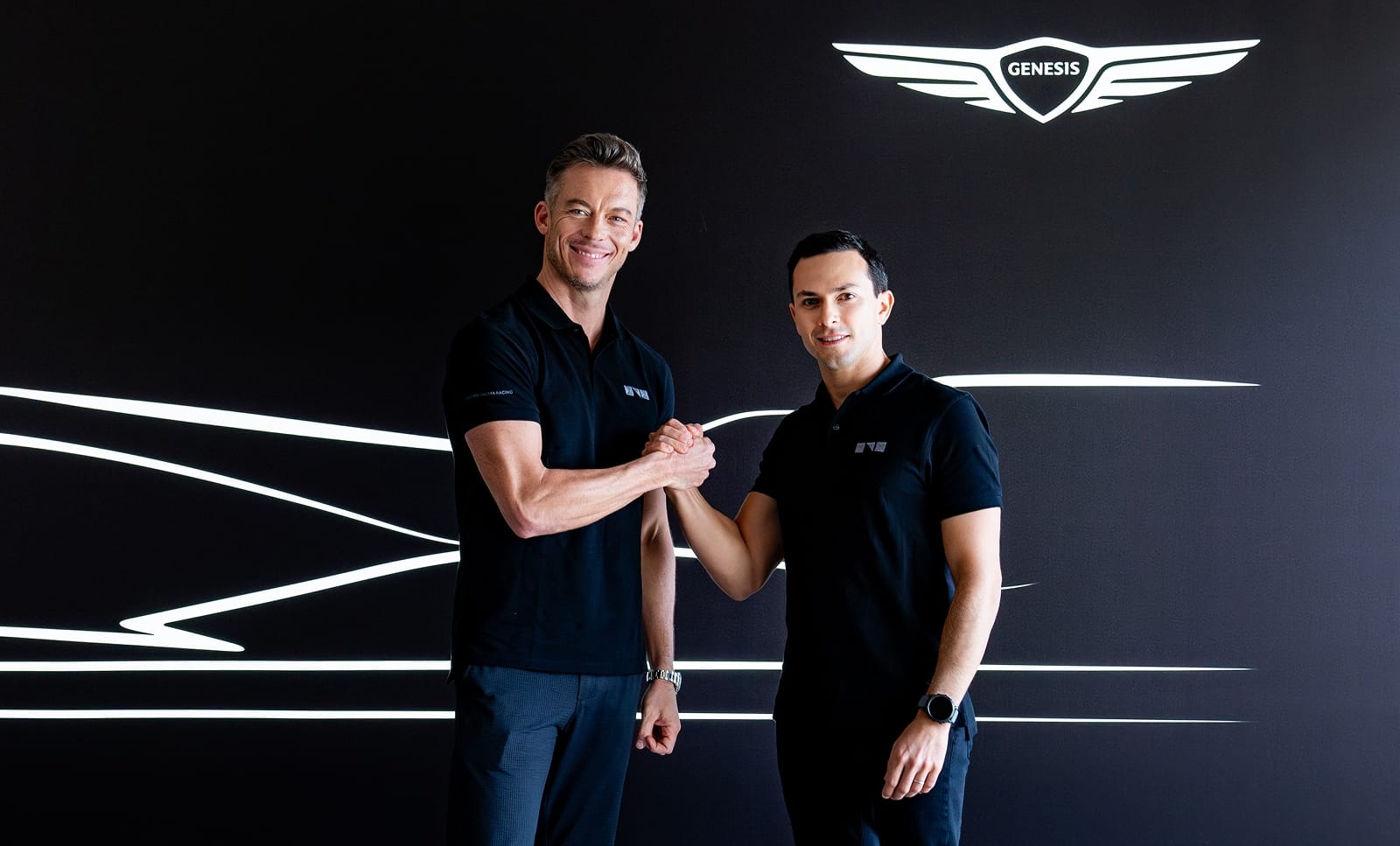
The drivers being monitored, part of what GMR calls the 'Trajectory Programme' are competing in the #18 ORECA 07 dressed in Genesis colors.
The two chosen drivers are Britain’s Jamie Chadwick and France’s Mathys Jaubert. In the European Le Mans Series, they share the wheel with Daniel Juncadella, after former Williams Formula 1 driver Logan Sargeant ultimately declined Hyundai's offer.
However, since Juncadella is racing with Corvette and TF Sport in the WEC, he is being replaced this week by three-time Le Mans winner Andre Lotterer at Le Mans.
As a reminder, Lotterer (above , left) - along with multiple IMSA champion Pipo Derani (above, right) - is one of the only two drivers officially announced by Genesis for its Hypercar programme.
Why IDEC Sport?
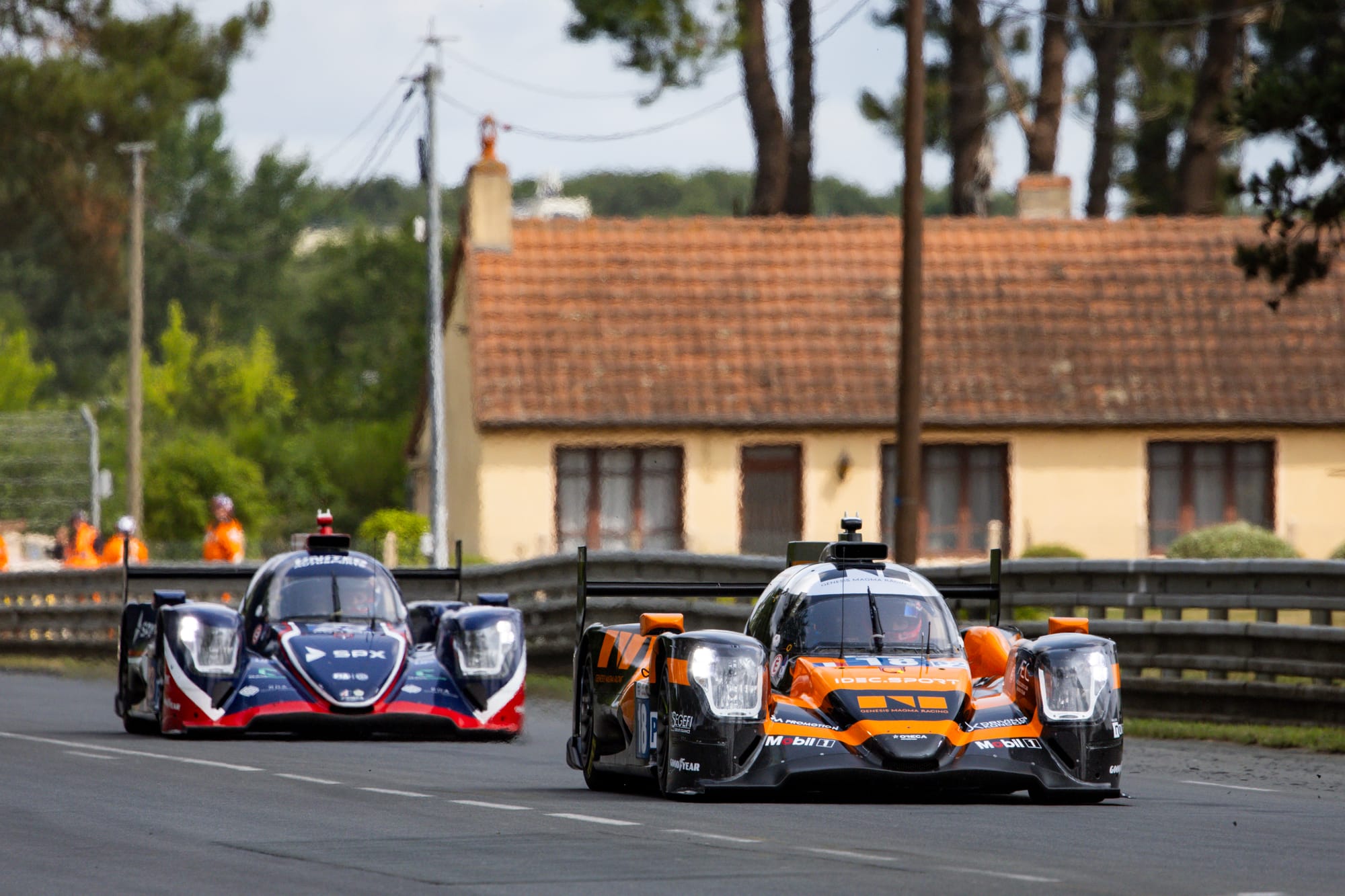
When GMR announced its intention to lean on an LMP2 team in 2025 to prepare for its Hypercar debut, many discussions took place with several racing teams. TDS Racing, CLX Motorsport (formerly Cool Racing), Vector Sport, RD Limited, and IDEC Sport were all considered.
“With the target we set ourselves to race in the World Endurance Championship in 2026, we didn’t have the opportunity to build a whole new team from nothing,” Abiteboul explained.
“Partnering with an experienced team in endurance racing was an easy decision. It’s also about access to locations, to people, and to understanding all the administrative aspects of endurance racing that we need to be aware of for 2026.”

“When we compete with the GMR-001 Hypercar, we’ll be racing against well-established teams, many of which have GT programmes that serve as a base for their sportscar pyramid,” he added. “Because we’re entering directly into the WEC Hypercar class in 2026, we don’t have that - we only have the tip of the pyramid.”
The decision to chose IDEC Sport was certainly influenced by Genesis Magma Racing's choice to set up at the Paul Ricard circuit, in IDEC Sport’s facilities.
“We are going to have an entire building that we will adapt to our needs and that can support our operations for the next four years,” Abiteboul said.
What are their chances this weekend?
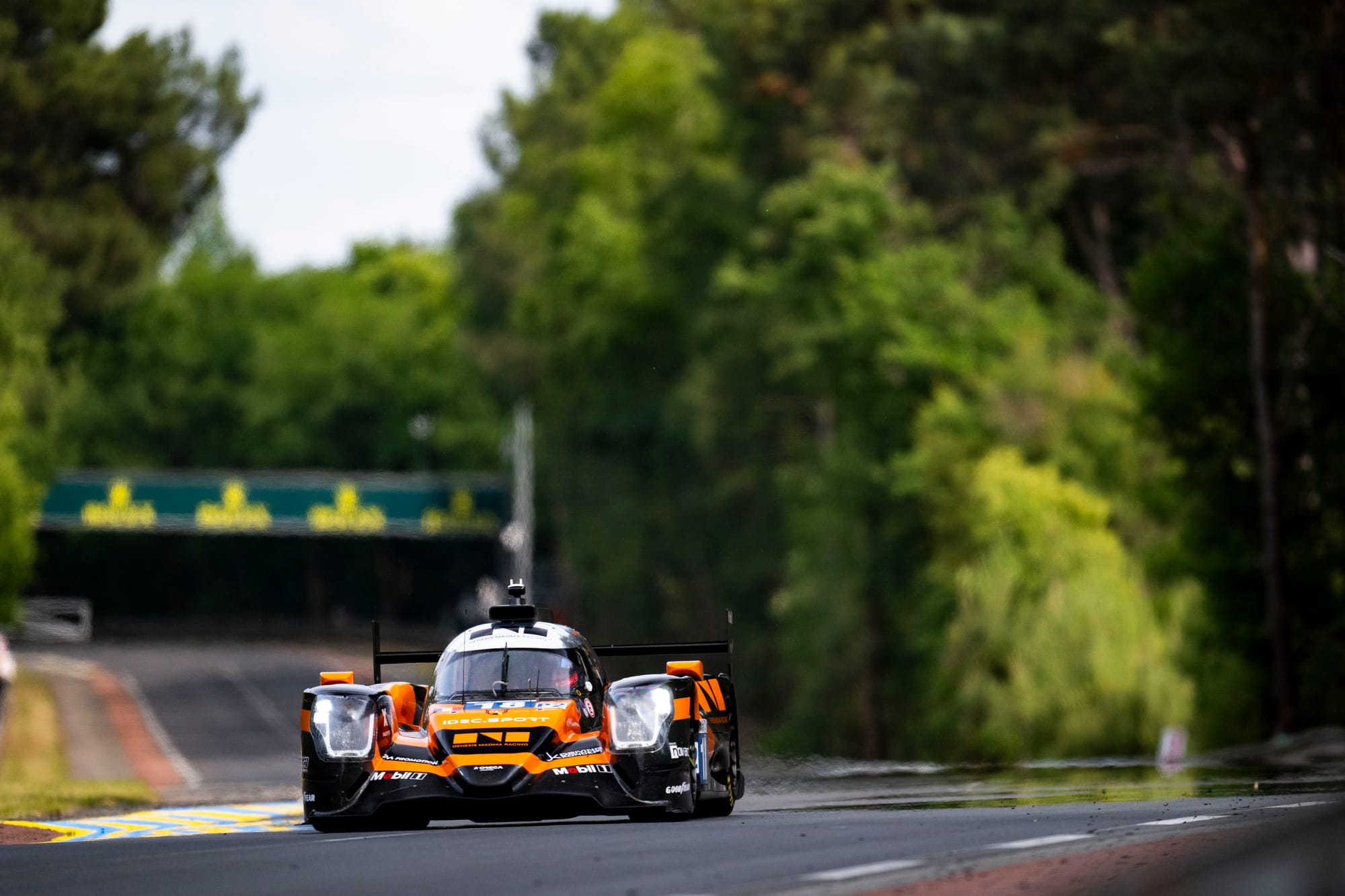
The primary goal this week is clearly to prepare for the Hypercar debut.
“It is a chance for the team members in our Trajectory Programme to feel the atmosphere and excitement unique to Le Mans, to be ready to perform in 2026,” explained Abiteboul.
“They will be able to see first-hand the extremely busy and competitive environment Genesis Magma Racing is stepping into and understand more of what is needed for a strong execution next year.”
Back-to-back!! 🥳🏆 Amazing work from the team to win our second LMP2 trophy and get our first overall race win! Very tricky conditions out there but a well executed strategy and great work by my teammates got us to that top step of the podium 🙌 pic.twitter.com/46iTgAx5Ze
— Jamie Chadwick (@JamieChadwick) May 4, 2025
But the former Renault F1 team principal and his troops are still competitors at heart. As is IDEC Sport, which finished third in LMP2 last year and is also fielding a second ORECA 07 under its own name. And of course, success breeds hunger.
The GMR/IDEC Sport duo made a stunning debut in endurance racing by winning both of their first LMP2 races in the ELMS, at Barcelona and Paul Ricard.
“It is a bit surreal,” said Chadwick. “It’s a bit beyond our expectations. What a perfect start to the year.”
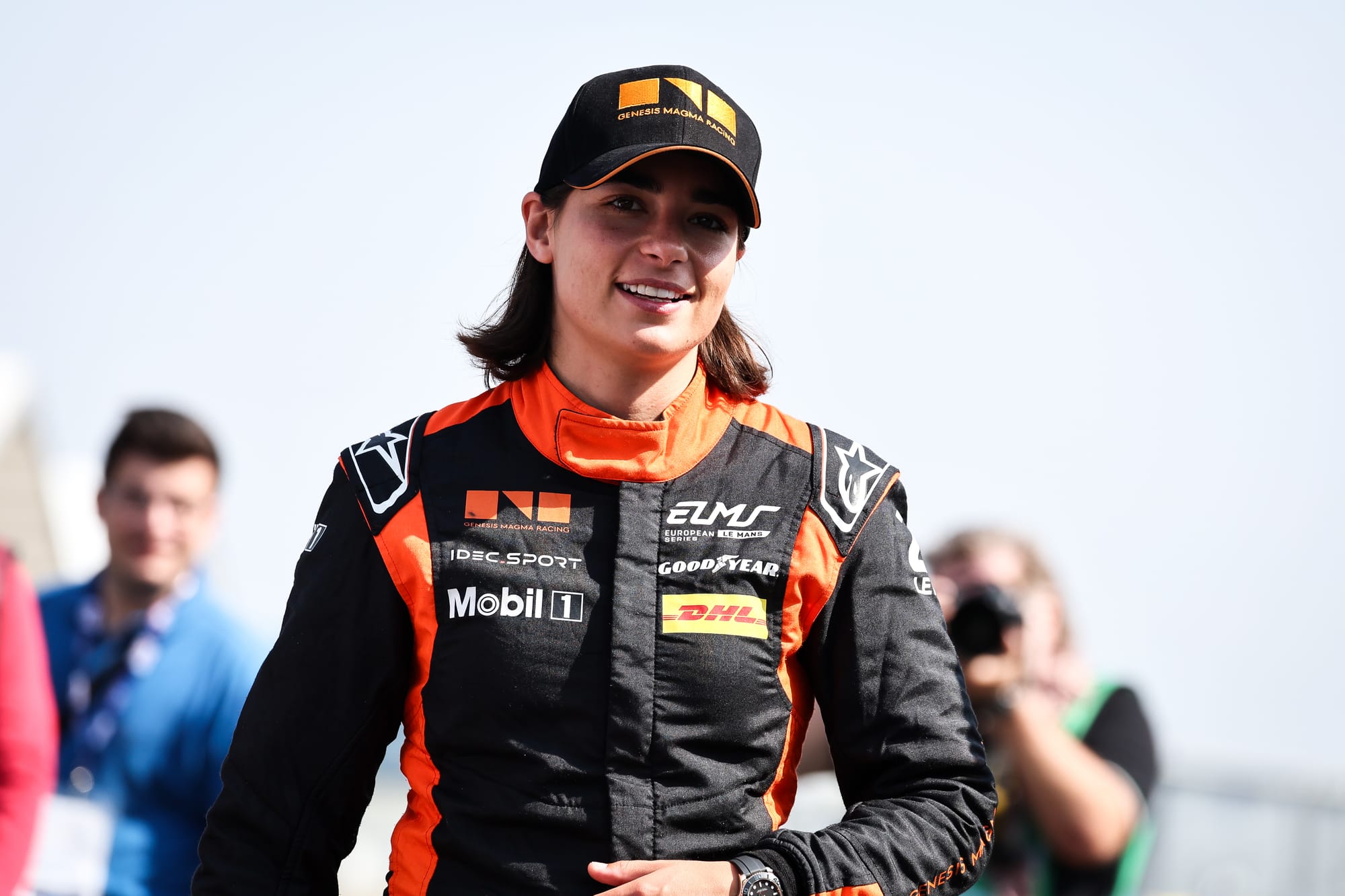
In the end, almost unintentionally, Chadwick and her team-mates arrive at Le Mans labelled as favourites or at least as strong outsiders to watch.
During last Sunday’s test day, the #18 ORECA 07 flew under the radar. Lotterer set a best lap of 3m38.301s, 2.531 seconds off the class-leading time set by Pietro Fittipaldi (#22 United Autosports ORECA 07). But the focus was elsewhere…
And what about the GMR-001?

Meanwhile, the GMR and ORECA teams continue to work on their Hypercar, which adheres to the IMSA-based LMDh regulations and a full-scale model is being shown this week at Le Mans for the first time in Europe.
More importantly, the V8 twin-turbo engine that will power the car successfully completed its first fire-up at Hyundai Motorsport’s headquarters in late February, right on schedule.
As a reminder, the basic architecture of this V8 engine is derived from the inline four-cylinder engine used in Hyundai’s WRC car, with both units sharing around 60% of components. Design work on the V8 began in June 2024 and was completed four months later. Assembly of the first engine took place in early 2025 to meet the fire-up deadline.
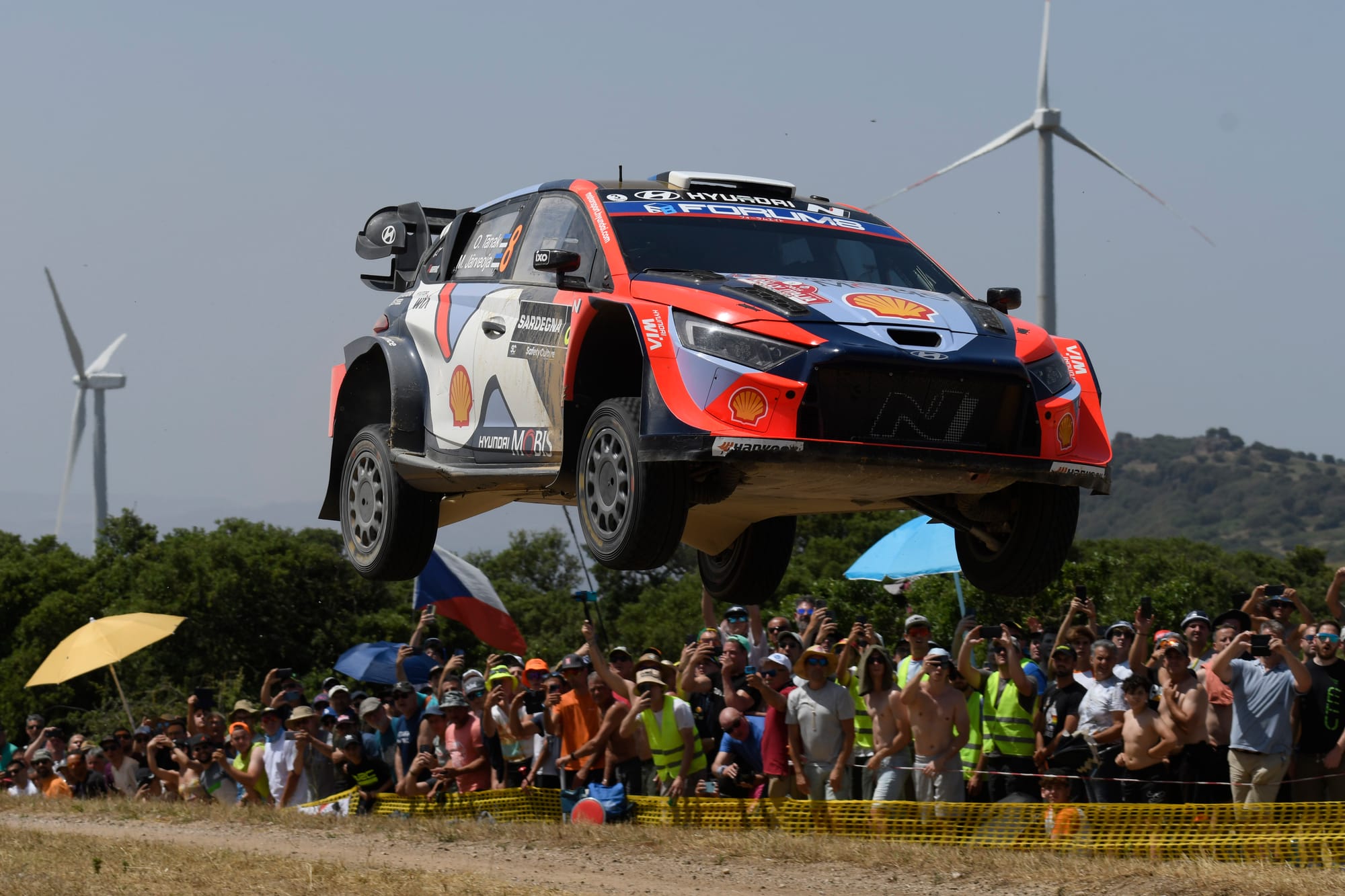
“With the time we had available to develop the engine, we immediately knew we did not have time to completely design a new engine from scratch,” said Hyundai Motorsport technical director Francois-Xavier Demaison.
“For the main part of an engine, you need a long time to design, validate, and of course produce.
"Every part needs to be tested over many kilometres, and the I4 engine from our World Rally Championship car has already been well proven. It became the logical step to carry over as many parts as possible from the 4-cylinder engine.”
Additionally, Genesis Magma Racing has begun working with Dynisma, having purchased one of the company’s cutting-edge DMG-360XY simulators to support the development of the GMR-001 Hypercar and preparation for the 2026 WEC.
The car’s roll-out is still scheduled for sometime this summer, and we expect to learn more about the team structure this Friday, during a press conference held on-site at Le Mans.

